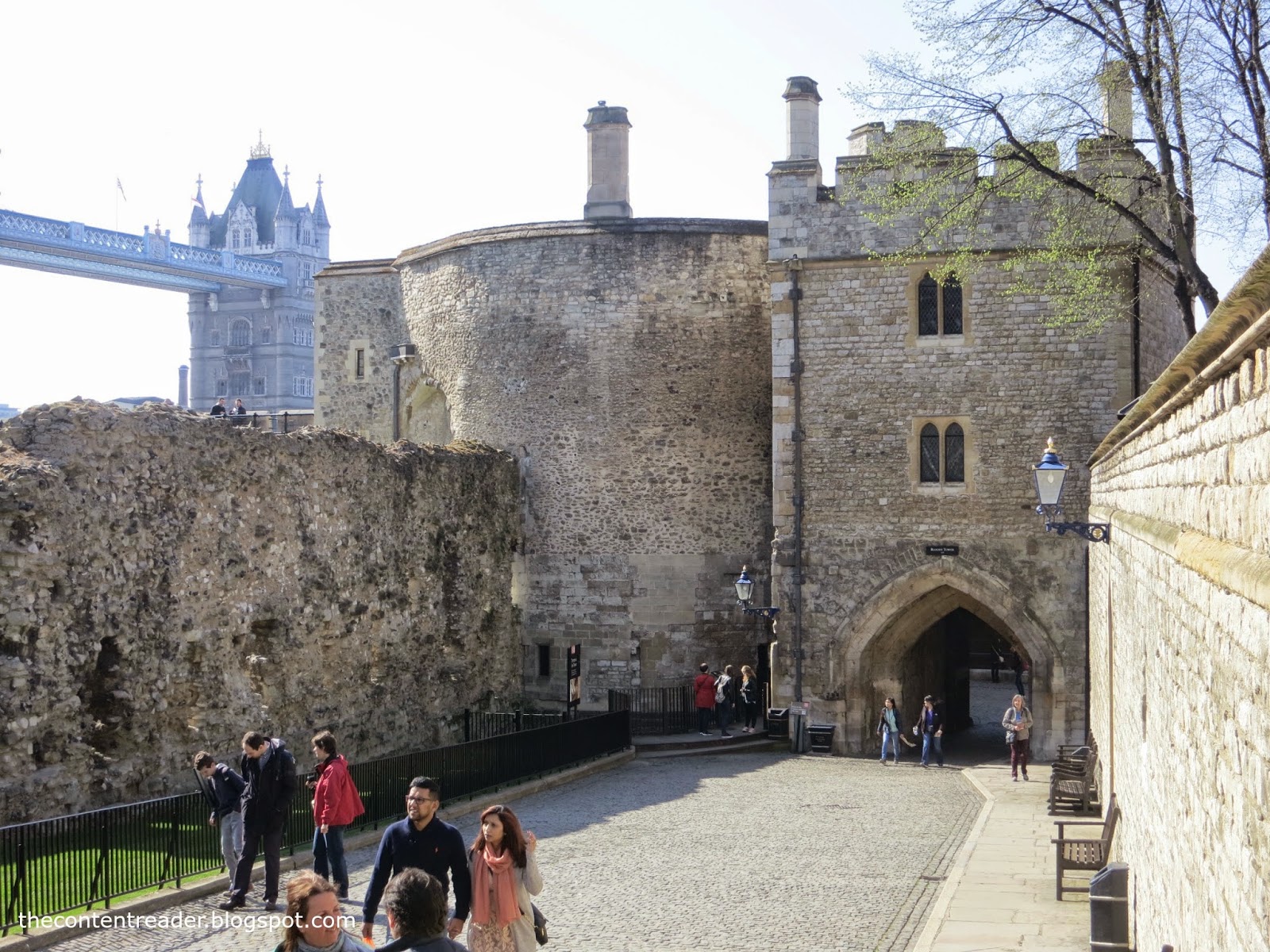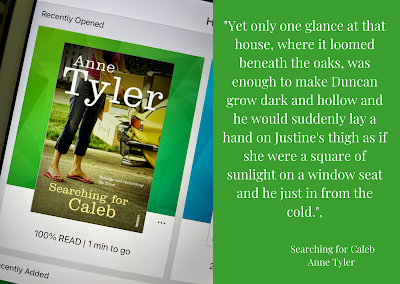
I have been several times outside the Tower of London, but never ventured inside. This was the time to do it. I was alone and I could spend as much time as I wanted and needed. I think most people have an idea about the Tower as a terrible place, where kings and queens used to put people that offended them, using torture to get them to say what they wanted their victims to say. We all know about Henry VIII and his use of the Tower for his own wives. It was during his time that the gate where they use to bring the people by boat, was named 'Traitor's Gate'.
However, looking at all the history, most of it has nothing to do with the harsher sides of life. Here people lived and worked, and most of the time it was quite a peaceful place. Just like it is today. This was a wonderful, sunny day, a lot of people, but probably not as many as would normally be there in the peak season. I walked around, with my audio phone around my neck, and a map in the hand, to get a bearing of the place. These two means did not prevent me from walking out of a gate to watch the view. At least that is what I thought I was doing, until I realised that it was another entrance/exit, and at the same time the audio phone started peeping! Quite embarrassing! I had to go back to the office and have it de-activated. It might have been a common problem, because one of the assistants was already on the way to help me out.
 |
| The White Tower |
Now, I knew what it was all about, so I started with the most spectacular building in the area, the White Tower. This was built by William the Conquerer in the style of a Norman tower. It started out as a wooden construction, before it was finally built in the stone building we still see today. Nothing similar had ever before been seen in England. It was immense with its size of 36mx32.5, and 27.5 m tall. It dominated the skyline for miles around. It was protected by Roman walls on two sides, of which just a small fraction still exists today. It is called the white tower because at the time, it was painted white. It also gives an impression of being white today, since the stones are whiter then other, used in the surrounding buildings. It was never intended to be a royal residence, nor a defence against invading armies. But such armies surely must think twice before attacking it. I went on a guided tour inside the tower to learn more about the church, one of the oldest original churches left, and still used today for certain events. The big room on the second floor had been a hall for feasts in the earlier days. In modern times, before it was made into a museum, it was used to hold archives. One peculiar feature for the White Tower is the staircase to enter the tower. There was a wooden staircase from the outside that goes up one floor to reach the door. If they were attacked, they could just take away the stair and it was more difficult to enter the tower.
 |
| The Wakefield and Lanthorn towers |
The kings that built most of the Tower were Henry III and his son Edward I. Henry III was only 9 years old when he became king. His regents started to build extensions and accommodation for the king and queen. It consisted of two new towers on the waterfront: the Wakefield tower, which was to hold lodgings for the king, and the Lanthorn tower, most likely to be lodgings for the queen. Henry had to seek refuge here in 1238, when rebellious barons were attacking him. During his time there he saw the weaknesses in its defence, and he started building new walls to the north, east and westerns sides. They were reinforced by nine towers and surrounded by a moat.
 |
| Traitor's Gate built underneath the Wakefield tower |
His son, Edward I, was both more confident and aggressive as a leader, than his father. He went on to continue to complete the defensive works his father had started. During the years 1275 and 1285 he transformed the Tower into England's strongest castle. He filled in the moat and constructed another wall outside the present wall. And...created another moat. In spite of these extensive works he and his queen hardly spent any time in the Tower.
Other kings and queens made their marks on the Tower. It has had many uses during its lifetime; royal homes, prisons, military defence, a zoo, archives and much more. Even a branch of the Royal Mint was established in the Tower, as well as the Crown Jewels. It was the first time I saw the Crown Jewels and they were quite fantastic. The best thing was the actual crowning jewels, which were placed in glass vitrines while you slowly, slowly passed by on a conveyer belt. You could also go 'by yourself' on a level a step higher. In a totally dark room it made a magnificent showing.
Next post will contain some more information of what I saw at the Tower.









Comments
Post a Comment